Ask Ethan: Why Don’t Comets Orbit The Same Way Planets Do?

Instead of nearly-circular ellipses, comets are extraordinarily elongated, or even on an exit path. Why so different?
When you look at how the planets orbit in our Solar System, the correct answer was given hundreds of years ago: first by Kepler, whose laws of motion described it, and then by Newton, whose law of universal gravitation allowed it to be derived. But comets, both the ones originating from our Solar System and the ones coming from far beyond it, don’t move in those same, nearly circular ellipses at all. Why is that? Rajasekharan Rajagopalan wants to know:
Why [do] comets orbit the Sun in a parabolic path, unlike planets which orbit in an elliptical one? Where do comets get the energy to travel such a long distance, from the Oort cloud to the Sun & back? Also, how could interstellar comets/asteroids come out of their parent star [system] and visit other ones?
We can answer this, but there’s an even bigger question we can answer: why do all objects orbit the way they do?
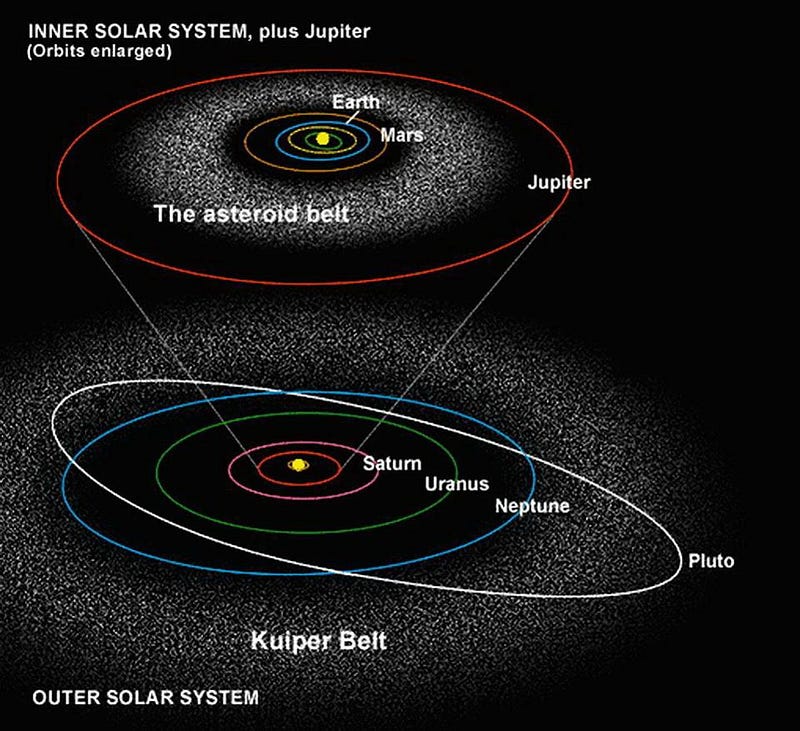
In our Solar System, we have the four inner, rocky worlds, an asteroid belt beyond that, gas giant worlds with a slew of moons and rings, and then the Kuiper belt. Beyond the Kuiper belt, we have a large, scattered disk, which gives way to a spherical Oort cloud, extending a tremendous distance: perhaps one or two light years away, almost halfway to the next star.
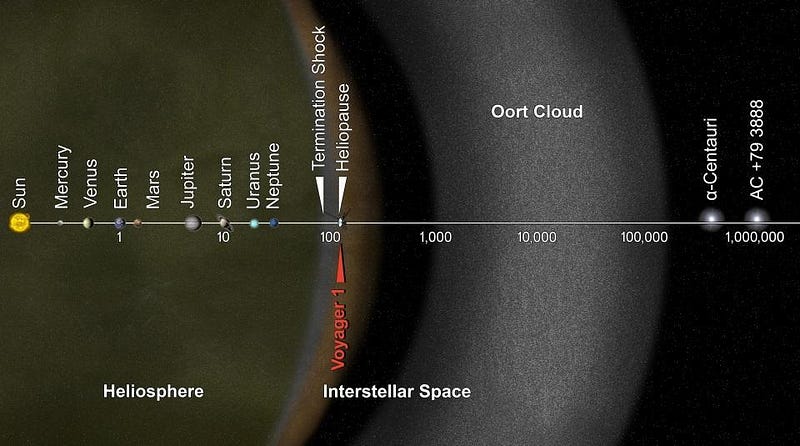
In order to be in a stable orbit at a certain distance, according to the laws of gravity, each object needs to be moving with a particular speed. In terms of basic physics, there needs to be a balance between the potential energy of the system (in the form of gravitational potential energy) and the energy of motion (kinetic energy). When you’re deeper in the Sun’s gravitational potential well — meaning when you’re closer to the Sun itself — you have less energy overall, and you need to move faster to have a stable orbit.
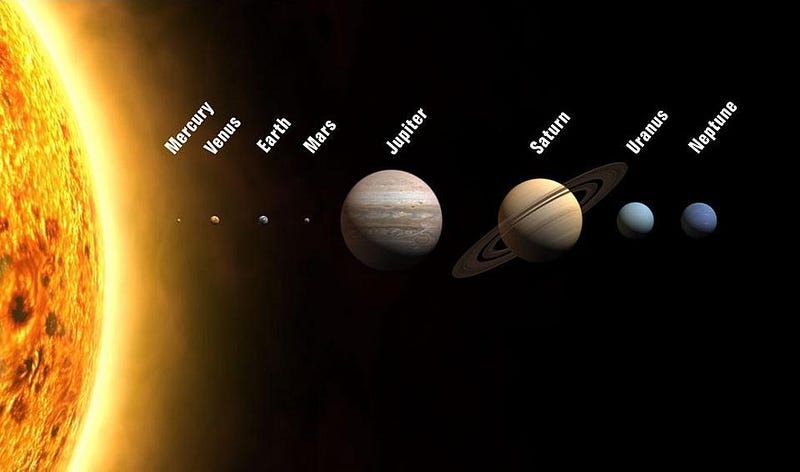
This is why, if we look at the average speeds of the planets in their orbits, they are:
- Mercury: 48 km/s,
- Venus: 35 km/s,
- Earth: 30 km/s,
- Mars: 24 km/s,
- Jupiter: 13 km/s,
- Saturn: 9.7 km/s,
- Uranus: 6.8 km/s,
- Neptune: 5.4 km/s.
Because of the environment in which the Solar System formed — full of tiny masses that then merged together, interacted, and caused many ejections — what’s left over today is pretty close to circular.
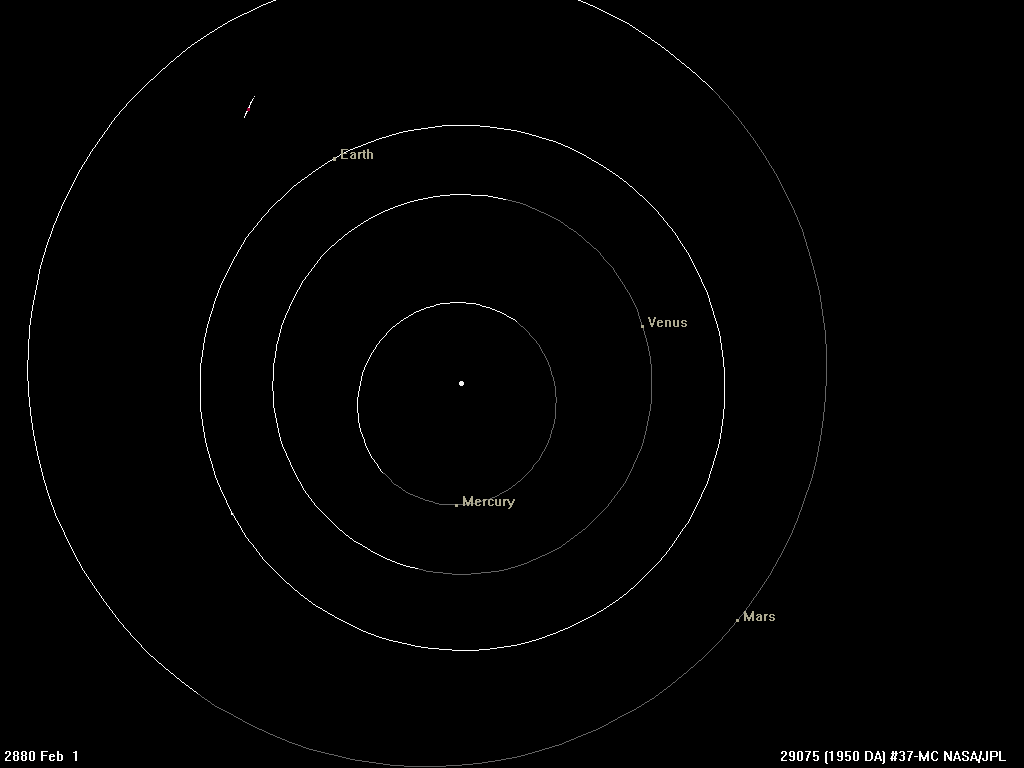
But there are also gravitational interactions that occur at later times to consider! If an asteroid or a Kuiper belt object passes close to a large mass, like Jupiter or Neptune, it can have a gravitational interaction that gives it a kick. This will change its velocity by a substantial amount, up to a few km/s in pretty much any direction. For an asteroid, that can cause its orbit to go from roughly circular to highly elliptical; the path of Comet Encke, which may have had its origin in the asteroid belt, is a good example of this.
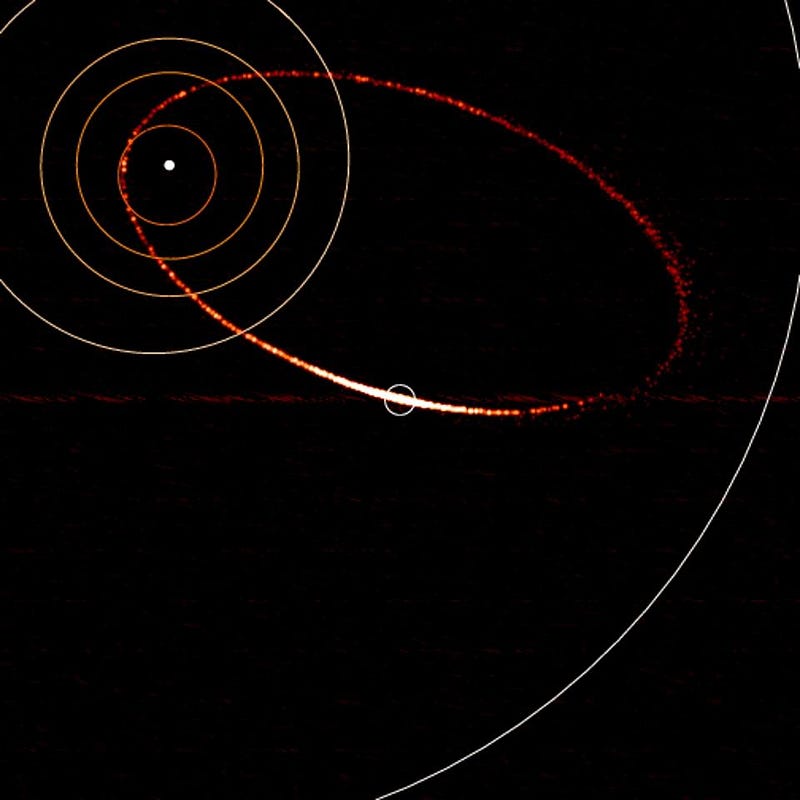
On the other hand, when you’re very far out, like in the Kuiper belt or the Oort cloud, you might only move at a speed of 4 km/s (for the inner Kuiper belt) down to just a few hundred meters/s (for the Oort cloud). A gravitational interaction with a major planet, like Neptune, could change your orbit in one of two directions. If Neptune steals energy from you, it will kick you into the inner Solar System, creating a long-period ellipse, similar to Comet Swift-Tuttle, the comet that created the Perseid meteor shower. This would be an ellipse that’s barely gravitationally bound to the Sun, but that’s an ellipse nonetheless.
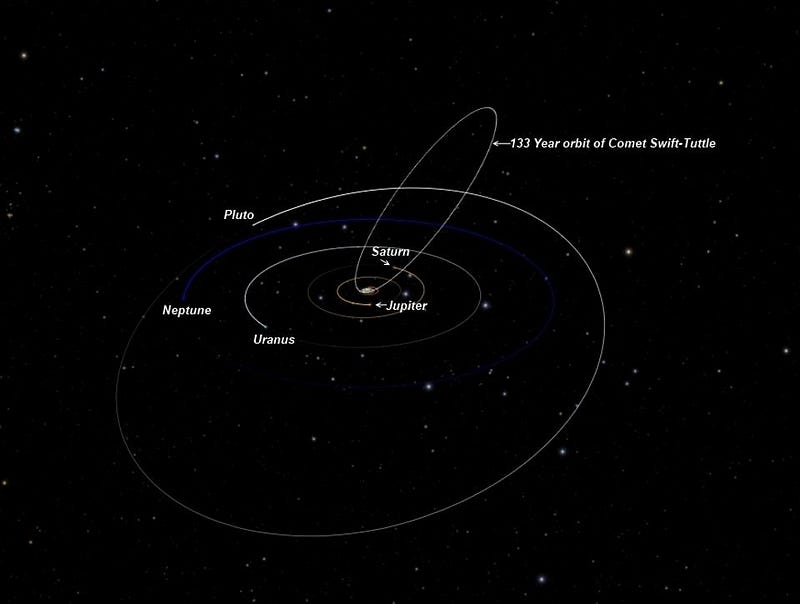
But if Neptune, or any other body (we still don’t know most of what’s out there in the outer Solar System) gives you extra kinetic energy, it could change your orbit from a bound, elliptical orbit, to an unbound, hyperbolic one. (Parabolic, by the way, is an unbound orbit that’s exactly on the border between elliptical and hyperbolic.) For those of you who remember the sungrazing Comet ISONfrom 2013, which disintegrated when it came close to the Sun, it was on a hyperbolic orbit. Typically, comets originating from the outer Solar System will be within just a few km/s of the border between bound and unbound.
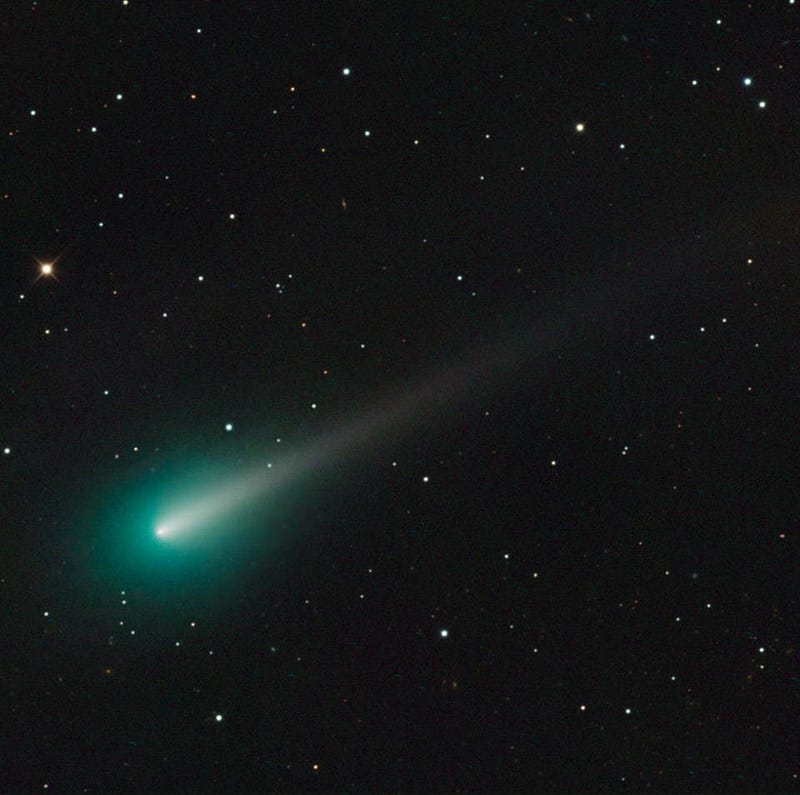
The oddest fact about comets that’s counterintuitive to most people is that they don’t need a lot of energy to plunge into the inner Solar System! If I had a mass at rest relative to the Sun, even a light year away, and just let it go, it would fall straight into the Sun if we waited long enough. For orbiting, distant masses in our Solar System, a very small change to its velocity can nudge it close to this orbit. While these gravitational nudges from nearby objects happen in more-or-less random directions, we only see the objects that start moving fast and come close to the Sun, developing tails and becoming bright enough to be seen. This is where comets come from.
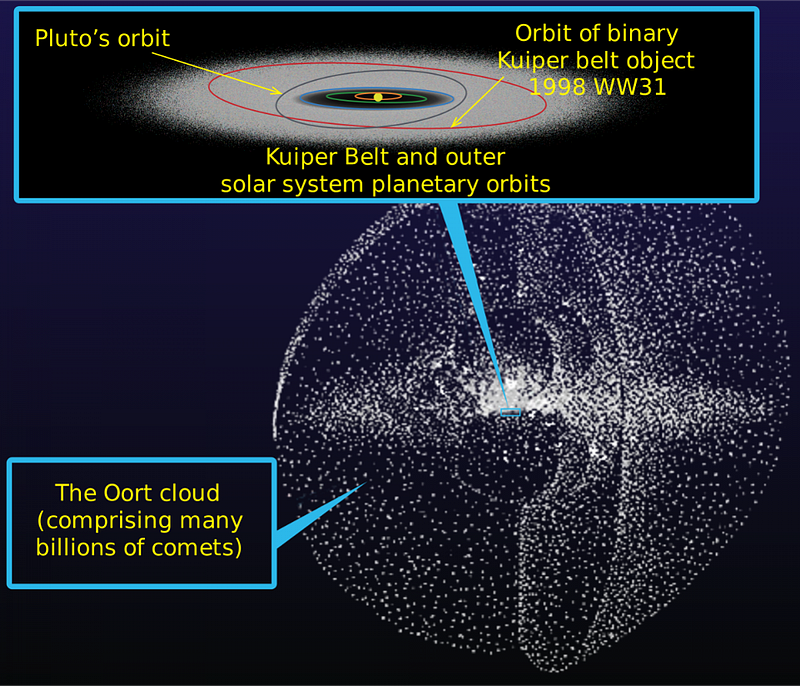
The vast majority are either barely gravitationally bound or barely gravitationally unbound, which is why A/2017 U1 was such a tremendous discovery! Unlike every other comet or asteroid we’ve ever seen, it was extremely unbound. While objects from our outer Solar System move, once they’re far from the Sun, at just a few km/s tops, this one was moving at more than 20 km/s. It must have come from outside the Solar System, as even Neptune wouldn’t have enough mass and speed to impart that kind of velocity to it!
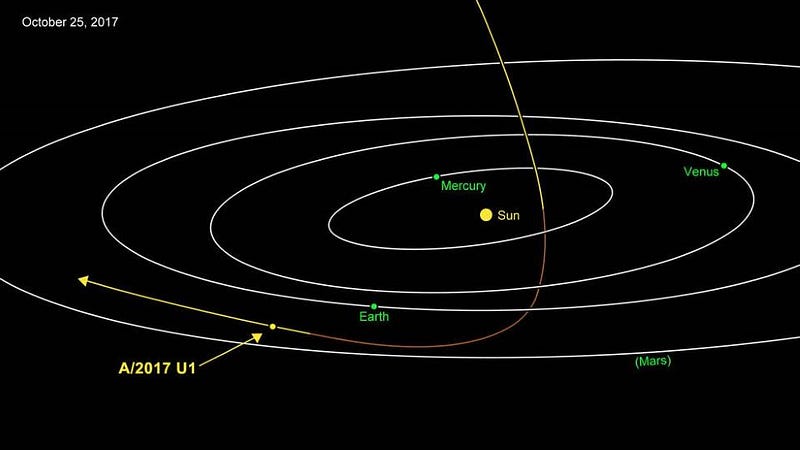
The secrets of what makes a comet, asteroid, or an object beyond our Solar System orbit the way it does? It’s simply gravity, and the gravitational interactions throughout its history. Objects stably in our Solar System, particularly after 4.5 billion years, are all moving in elliptical orbits around the Sun. But gravitational interactions can change that, either changing the shape of your ellipse or transforming it into a barely-unbound hyperbola. In either case, we’ll only see it if it gets slingshotted close to the Sun, which is the only way we know about all the comets we’ve ever discovered.
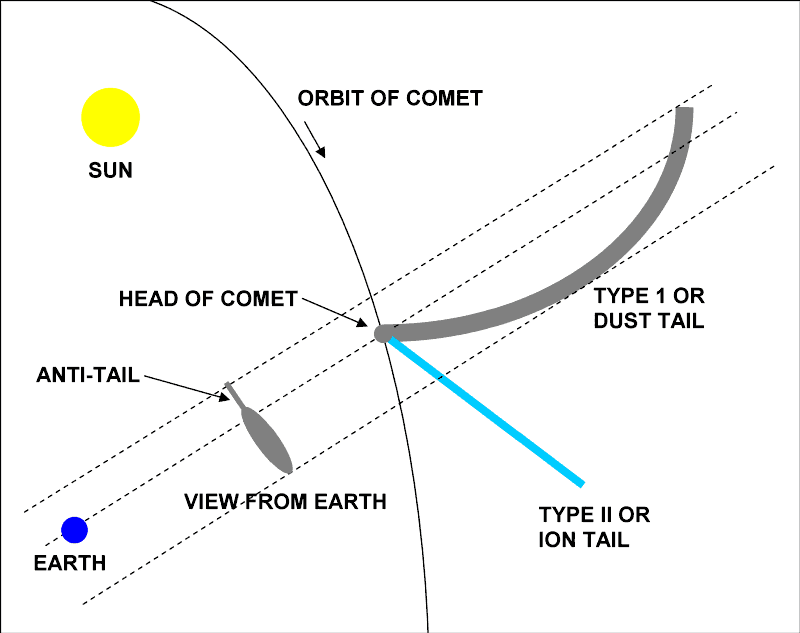
The comets and asteroids that get ejected from our Solar System fly through interstellar space, where they will someday pass near other stars. Since the stars move through the galaxy at relative speeds of around 10–30 km/s, that’s how fast these interstellar space rocks are likely to move, explaining why the interstellar asteroid we discovered was moving so quickly. It’s just a combination of initial orbits, gravitational interactions, and the motion of our Solar System through the galaxy that explains it all. When you steal energy from an object in the asteroid belt, Kuiper belt, or Oort cloud, you create an ellipse that’s more tightly bound to the Sun. But when you give it an energetic kick, it just might be enough to eject it altogether.
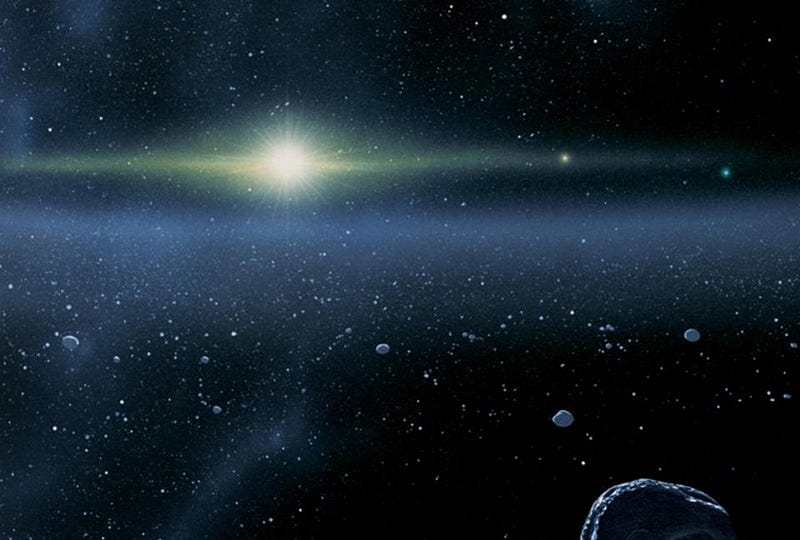
The big lesson from this? Our Solar System is continuously depopulating over time, and has fewer objects in its asteroid belt, Kuiper belt, and Oort cloud than ever before. As time goes on, they all get sparser and sparser. Who knows how many were once present? It’s an impossible task. In the Solar System, all we’ll ever have access to are the survivors.
Send in your Ask Ethan questions to startswithabang at gmail dot com for a chance to be featured here!
Ethan Siegel is the author of Beyond the Galaxy and Treknology. You can pre-order his third book, currently in development: the Encyclopaedia Cosmologica.




